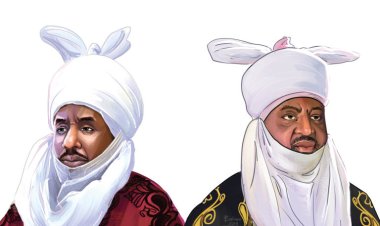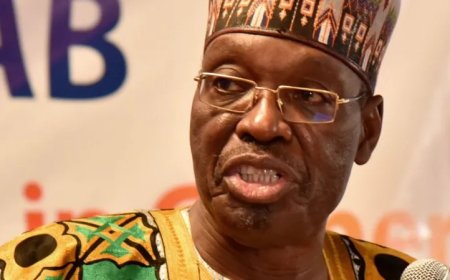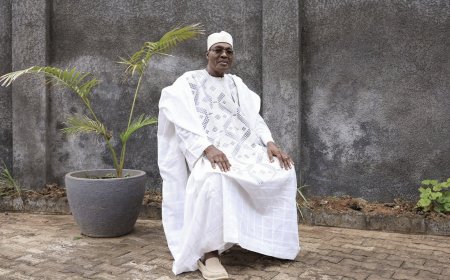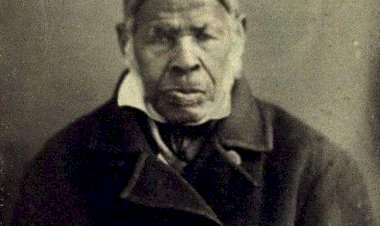African Americans aren’t just sub-Saharan Africans with European admixture. There has also been admixture from Amerindian peoples and from groups partly of North African origin, like the Fulani.
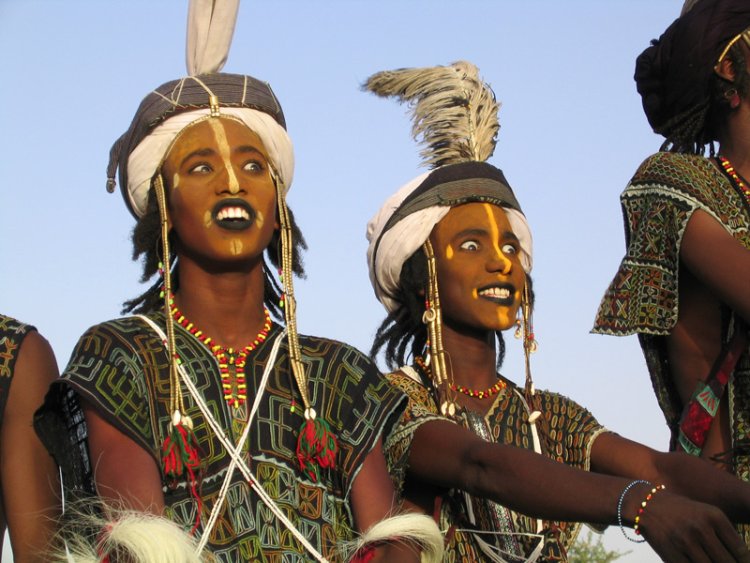
Have African Americans evolved since they first came to North America? The question may seem strange. Doesn’t evolution happen over millions of years? The first slaves disembarked in the future United States back in 1619 and the last ones arrived (illegally) in the 1850s. That’s about three centuries. How could any population evolve over so short a time?
Yet natural selection can cause significant change in as little as eight generations, at least in nonhuman species. In humans, it has altered at least 7% of the genome over the last 40 thousand years, and most of that change has happened over the last 10 thousand years (Hawks et al., 2007).
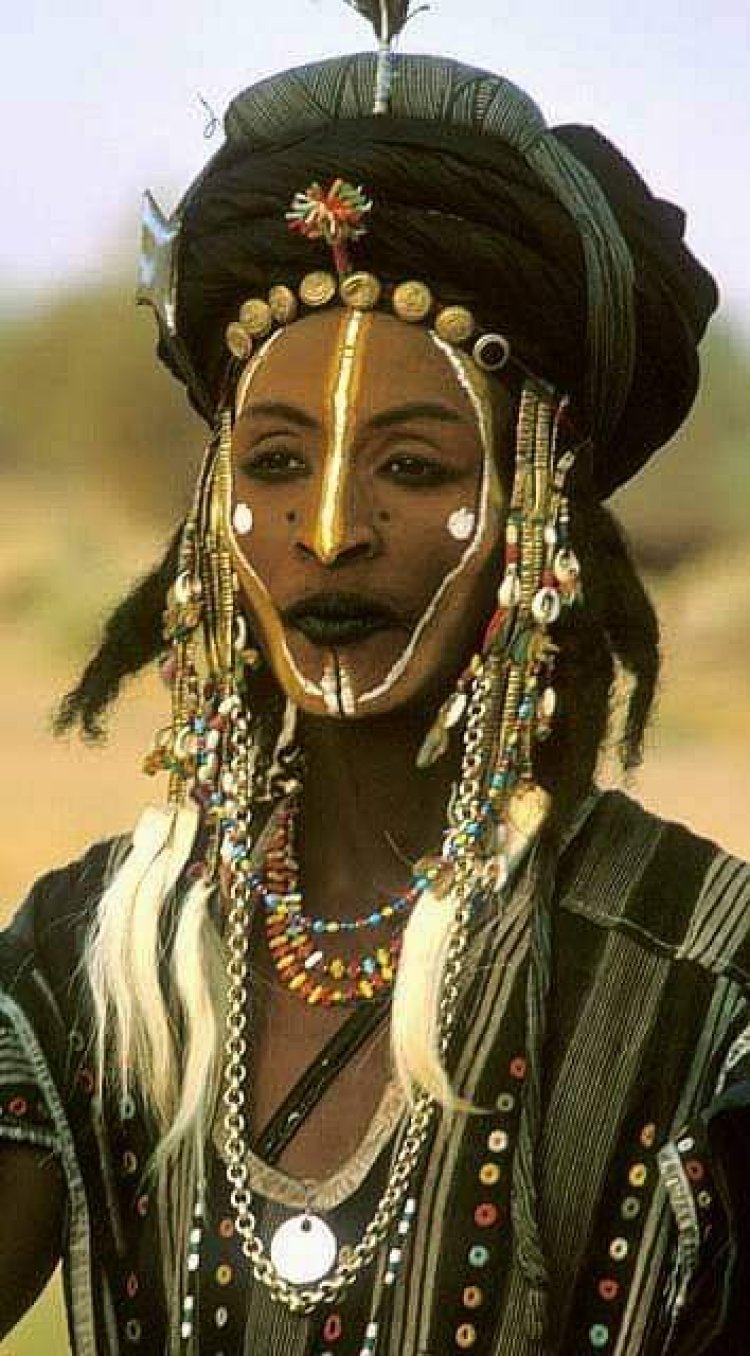
Jin et al. (2011) argue that African Americans have changed genetically over the last three centuries, not only through European admixture but also because of natural selection. First, many black slaves died during their passage from Africa to the New World. The survivors, already a select group, faced a new environment in colonial America. They had to adapt to new challenges in their struggle for existence, such as new pathogens, new social structures, and new means of subsistence.
To identify these effects of natural selection, Jin et al. (2011) used two methods on a large sample of African Americans (5,210 individuals). They first looked at various genomic regions to see whether the degree of European admixture was higher or lower than the admixture for the genome as a whole, estimated at 21.61%. Such deviations would be “signals” of natural selection favoring certain genetic variants at the expense of others.

The second method involved comparing the African component of the African American genome with the genomes of present-day sub-Saharan African populations—in proportion to their respective contributions to the African American gene pool.
And the results? Some genomic regions did deviate from the level of 21.61% European admixture. Many of them were associated with diseases, like prostate cancer and hypertension, that are more common among African Americans than among Euro Americans. Alleles that protect against malaria were also less frequent than would be predicted by European admixture. This is evidence that natural selection has been eliminating alleles that are less necessary in North America.
These results seem expectable. Too expectable, in fact. Yes, prostate cancer occurs more often in African Americans than in Africans, but this difference is due to underreporting and shorter life expectancy in Africa. Keep in mind that prostate cancer tends to be diagnosed late in life (Ogunbiyi & Shittu, 1999; Osegbe, 1997).
There are other grounds for skepticism. The deviations from overall European admixture were small, less than 2.6%. Admittedly, the sample size was large, so sampling error couldn’t be responsible. But there may have been other sources of error.
One of them concerns the estimated European admixture of 21.61%. This figure is consistent with previous estimates and is probably the best one available. But the degree of admixture varies among African Americans, especially by social class and by geographic region.
The authors also oversimplify their model when they describe African Americans as sub-Saharan Africans with European admixture. There has also been Amerindian admixture, as noted by Myrdal (1944, p. 124):
Indians were held as slaves in some of the American colonies while Negro slaves were being imported. Equality of social status between Indians and Negroes favored intermingling. The whites had little interest in hindering it. As the number of Negro slaves increased, the Indians slaves gradually disappeared into the larger Negro population. Whole tribes of Indians became untraceably lost in the Negro population of the South. […] Twenty-seven and three-tenths per cent of the Negro sample of 1,551 individuals examined by Herskovits claimed some Indian ancestry.
The authors state that they excluded African American individuals who had more than 2% Native American/East Asian ancestry, but such exclusion is at best approximate. And what about the many individuals with 1-2% Amerindian ancestry?
Another wild card is North African admixture. The Atlantic slave trade involved some populations that were partly of Arab/Berber descent, such as the Fulani (also known as Fulbe or Peul. The hotel maid who gave DSK a BJ was a Fulani). To some degree, North African admixture would resemble European admixture. To some degree, it would have its own characteristics.
Admittedly, these other admixtures were relatively small. But one doesn’t need a big factor to explain a deviation of two percent or so.l
By Elijah Shabazz























